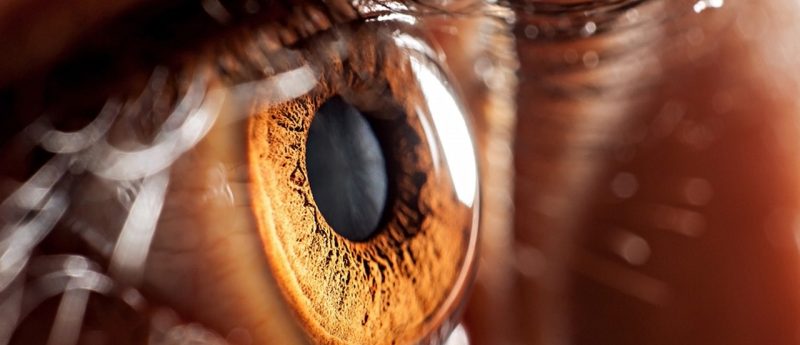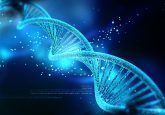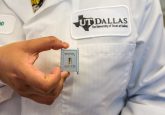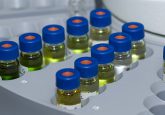Could glaucoma damage be predicted?

A team of researchers from the Washington University School of Medicine (WA, USA) have identified growth differentiation factor 15 (GDF15) as a prospective biomarker to monitor the progression of glaucoma, one of the most common causes of irreversible blindness worldwide.
The team’s findings, published in JCI Insights, demonstrated that elevated concentrations of GDF15 in aqueous humor samples from mice and rat models of glaucoma were associated with the neurodegeneration of retinal ganglion cells – the underlying cause of glaucoma. It was also observed that levels of GDF15 were proportional to the severity of retinal ganglion cell stress.
The principal investigator, Rajendra Apte, commented “There hasn’t been a reliable way to predict which patients with glaucoma have a high risk of rapid vision loss, but we’ve identified a biomarker that seems to correlate with disease severity in patients, and what that marker is measuring is stress to the cells rather than cell death.
“Other glaucoma tests are measuring cell death, which is not reversible, but if we can identify when cells are under stress, then there’s the potential to save those cells to preserve vision.”
Currently, the only way to diagnose glaucoma is through visual field testing, a method that has been proven to be unreliable and inherently subjective. A biomarker with the capacity to reliably measure retinal ganglion cell neurodegeneration would be a significant step forward for earlier diagnosis, as well as monitoring the progression of glaucoma.
Although there is currently no cure for glaucoma, if it is detected early, it can be effectively treated – often preventing vision loss. Since GDF15 can detect retinal ganglion cell stress, it is possible that it could lead to the earlier detection of glaucoma before the irreversible retinal ganglion cell death.
The researchers also investigated the levels of GDF15 taken from human patients. Similarly to the mice and rat studies, it was demonstrated that higher levels of GDF15 correlated with the increasing severity of glaucoma. In addition, it was identified that levels of GDF15 were significantly elevated for patients with glaucoma, in comparison to those without, validating the use of GDF15 as a diagnostic tool for glaucoma.
Discussing why there is an increase of GDF15 levels, Apte speculated that GDF15 seemed “to be a harbinger of future cell death rather than a molecule that’s actually damaging the cells”, suggesting that GDF15 expression is consequential of retinal ganglion cell stress, rather than the cause of it.
Regarding further investigations, Apte stated that the team “are interested in doing a prospective study and sampling fluid from the eye over several months or years to correlate glaucoma progression with levels of this marker”, to further validate the use of GDF15 as a quantitative measure for the progression of glaucoma so that it can be used in clinical practice.
He also stated that the team would “also like to learn whether levels of GDF15 change after treatment, a particularly important question as we try to develop therapies that preserve vision more effectively in these patients.”
Sources: Ban N, Siegfried CJ, Lin JB et al. GDF15 is elevated in mice following retinal ganglion cell death and in glaucoma patients. JCI Insight. 2(9):e91455 (2017); https://medicine.wustl.edu/news/potential-marker-glaucoma-damage-identified/






